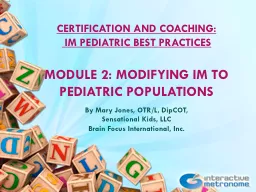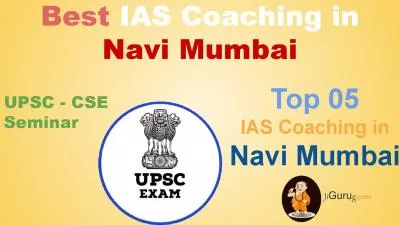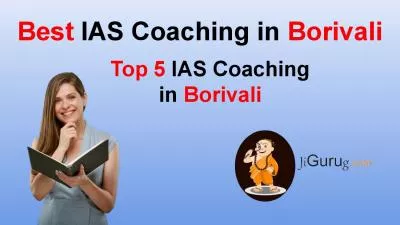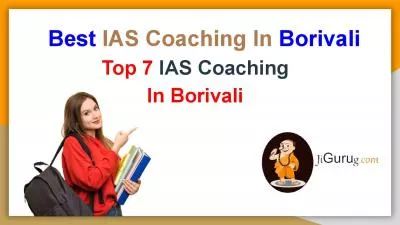PPT-CERTIFICATION AND COACHING:
Author : gristlydell | Published Date : 2020-10-22
IM PEDIATRIC BEST PRACTICES MODULE 2 MODIFYING IM TO PEDIATRIC POPULATIONS By Mary Jones OTRL DipCOT Sensational Kids LLC Brain Focus International Inc Outcome
Presentation Embed Code
Download Presentation
Download Presentation The PPT/PDF document "CERTIFICATION AND COACHING:" is the property of its rightful owner. Permission is granted to download and print the materials on this website for personal, non-commercial use only, and to display it on your personal computer provided you do not modify the materials and that you retain all copyright notices contained in the materials. By downloading content from our website, you accept the terms of this agreement.
CERTIFICATION AND COACHING:: Transcript
Download Rules Of Document
"CERTIFICATION AND COACHING:"The content belongs to its owner. You may download and print it for personal use, without modification, and keep all copyright notices. By downloading, you agree to these terms.
Related Documents














